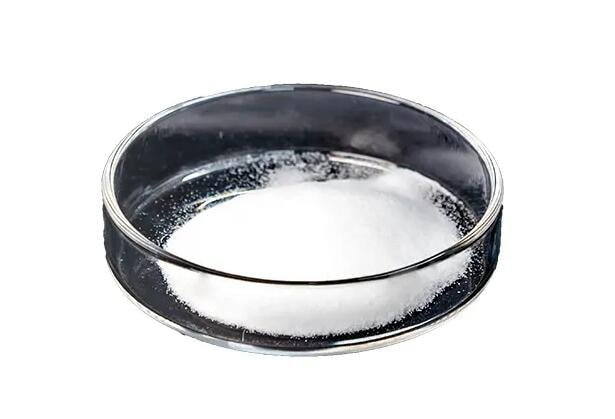A Brief Introduction to Hydroxypropyl Methylcellulose (HPMC)
I. Product Details:
Chemical Name: Hydroxypropyl Methylcellulose
Full English Name: Hydroxypropyl Methyl Cellulose
Abbreviation: HPMC
II. Physical and Chemical Properties:
Appearance: White or off-white powder.
Particle Size: Over 98.5% pass through 100 mesh; over 100% pass through 80 mesh.
Char Temperature: 280-300°C
Bulk Density: 0.25-0.70/cm³ (usually around 0.5g/cm³), specific gravity 1.26-1.31.
Discoloration Temperature: 190-200°C
Surface Tension: 42-56 dyn/cm for 2% aqueous solution.
Solubility: Soluble in water and some solvents (e.g., ethanol/water, propanol/water, trichloroethylene).
HPMC Characteristics: Vary with methoxy content, gel point, water solubility, and surface activity.
III. Characteristics of HPMC:
HPMC integrates various physical and chemical properties, making it versatile for different applications:
Water Retention: Maintains moisture on porous surfaces like cement boards and bricks.
Film Formation: Forms a clear, tough, and flexible film with excellent grease resistance.
Organic Solubility: Dissolves in organic solvents like ethanol, ethylene glycol, and binary solvent systems.
Thermal Gelation: Forms a gel upon heating, reverting to a solution upon cooling.
Surface Activity: Provides surface activity in solutions for emulsification, colloid protection, and stabilization.
Suspension: Prevents solid particle precipitation, inhibiting the formation of sediment.
Colloid Protection: Protects against droplet and particle agglomeration or coalescence.
Adhesion: Acts as a binder in pigments, tobacco products, and paper items with excellent functionality.
Water Solubility: Dissolves in varying concentrations in water, limited only by viscosity.
Nonionic Inertness: A nonionic cellulose ether that does not form insoluble precipitates with metal salts or other ions.
pH Stability: Suitable for use in the pH range of 3.0-11.0.
Odorless and Tasteless: Used as an additive in food and pharmaceuticals without affecting taste or metabolism.
IV. HPMC Dissolution Methods:
HPMC dissolves slowly in water. Recommended dissolution methods include:
Hot Water Method: Disperse HPMC in hot water and cool under stirring.
Powder Mixing Method: Mix HPMC powder with equal or larger amounts of other powders, then dissolve in water.
Organic Solvent Wetting Method: Pre-disperse or wet HPMC with organic solvents like ethanol, ethylene glycol, or oil, then dissolve in water.
V. Main Applications of HPMC:
HPMC serves as a thickening, dispersing, emulsifying, and film-forming agent. Industrial-grade HPMC finds applications in daily chemicals, electronics, synthetic resins, construction, and coatings.
Suspension Polymerization: Stabilizes hydrophobic monomers in the production of synthetic resins like PVC.
Construction Material Formulations: Used in adhesives and fillers for gypsum-based tapes, cement bricks, mortar for gypsum board bases, structural plaster, and paint formulations.
Overall Functionality: HPMC enhances product properties, providing improved adhesion, viscosity, and stability.
In conclusion, this brief overview aims to aid in understanding the diverse applications and properties of Hydroxypropyl Methylcellulose (HPMC).
45
0
0


Comments
All Comments (0)